The Champa kingdom, nestled in the heart of Central Vietnam, unveils a rich tapestry of history through the discovery of precious gold and silver antiques. Archaeological excavations conducted in the 20th century at Cham relics have unearthed a treasure trove of artifacts, providing a fascinating glimpse into the cultural and artistic prowess of the ancient Cham people.
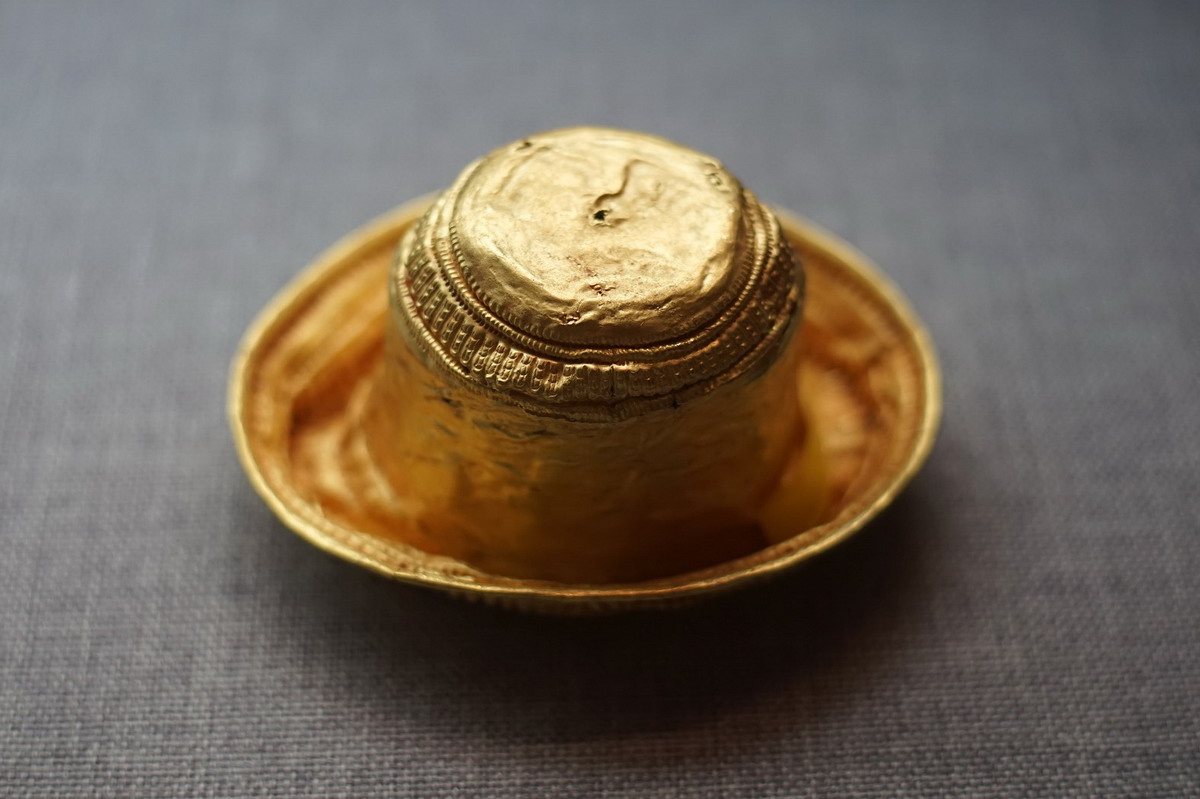
Photo: Kosa linga (metal shell used to cover the outside of the linga statue) made of gold, dated 12th – 13th centuries, discovered in Quy Nhon, Binh Dinh.
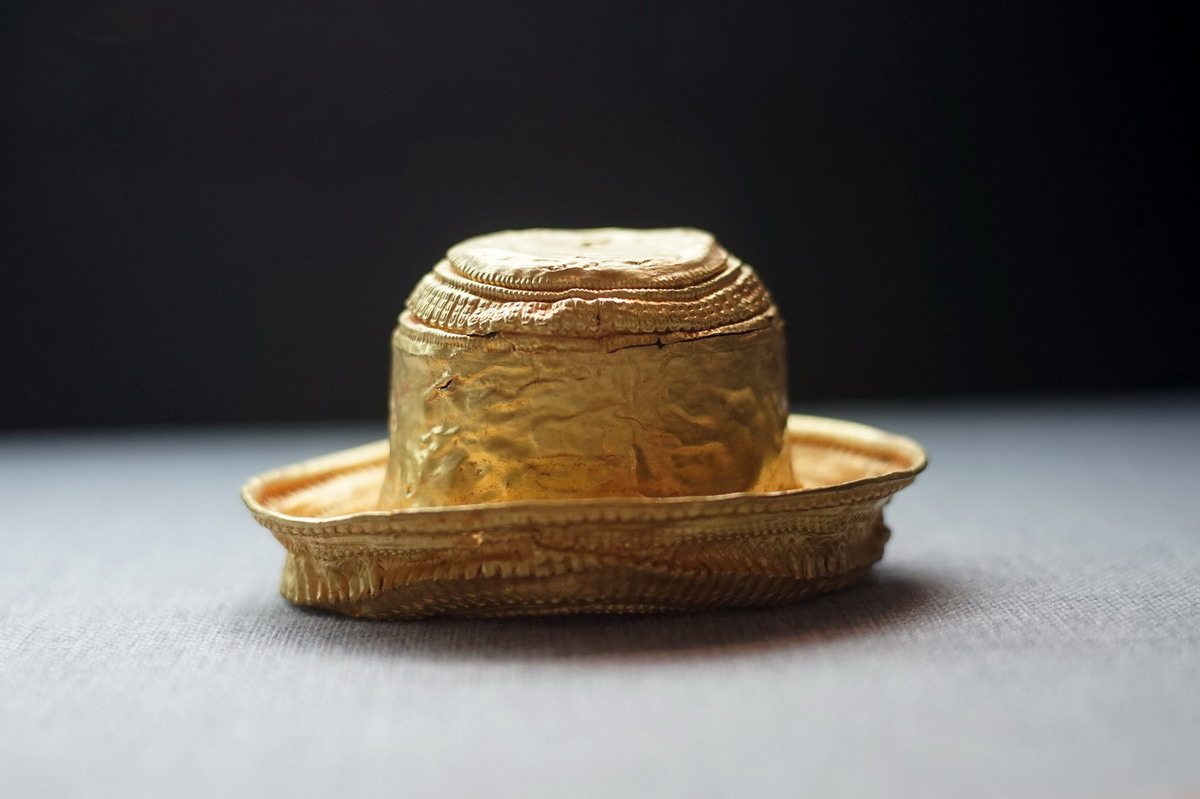
Ảnh: Kosa linga bằng vàng của người Chăm.
Gold, the Lustrous Medium:
In the cultural fabric of the Cham people, gold emerged as a ubiquitous and prized material for crafting exquisite cell works, jewelry, and art products. A striking example is the Kosa Linga, a metal shell used to cover the outside of the linga symbol, crafted from gold and dating back to the 12th – 13th centuries. The sheer abundance of gold objects discovered in sites like Quy Nhon, Binh Dinh, attests to the significance of gold in Cham craftsmanship.
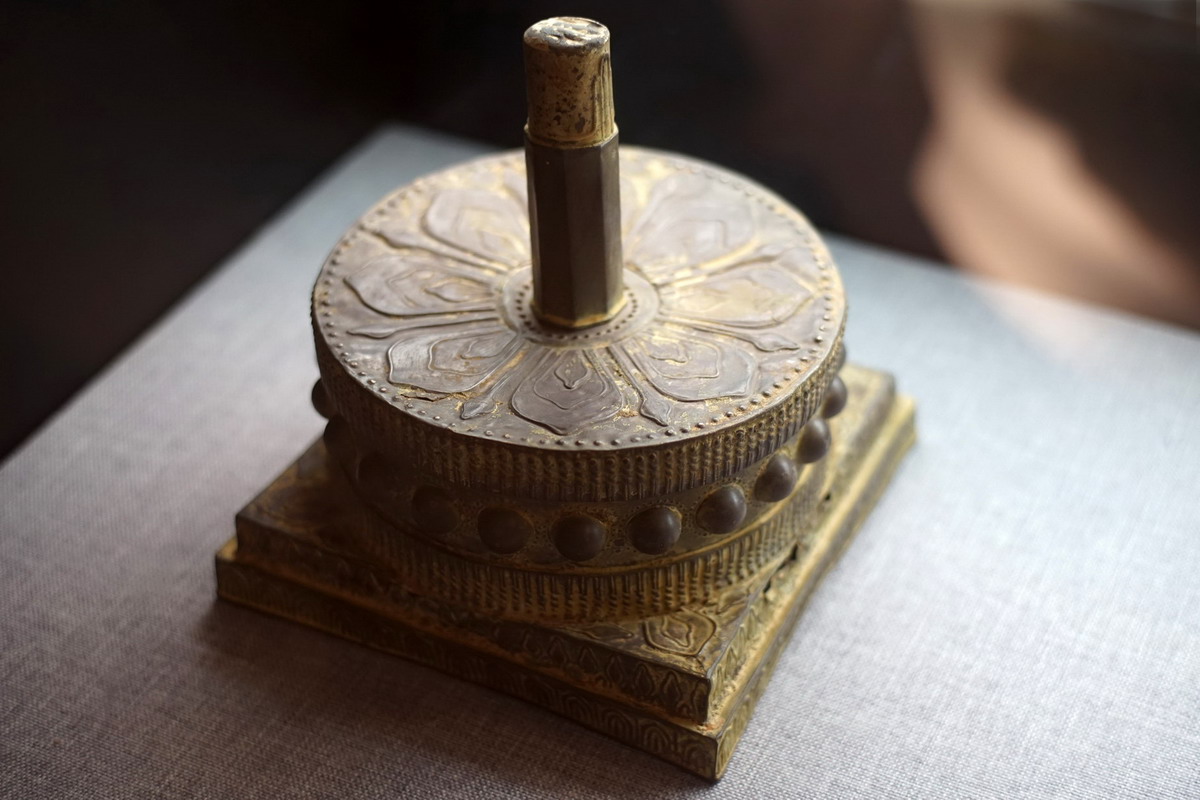
Photo: Uroja-Linga altar (linga altar with women’s breasts surrounding it) decorated with gilded silver lotus flowers, dated 11-12 centuries.
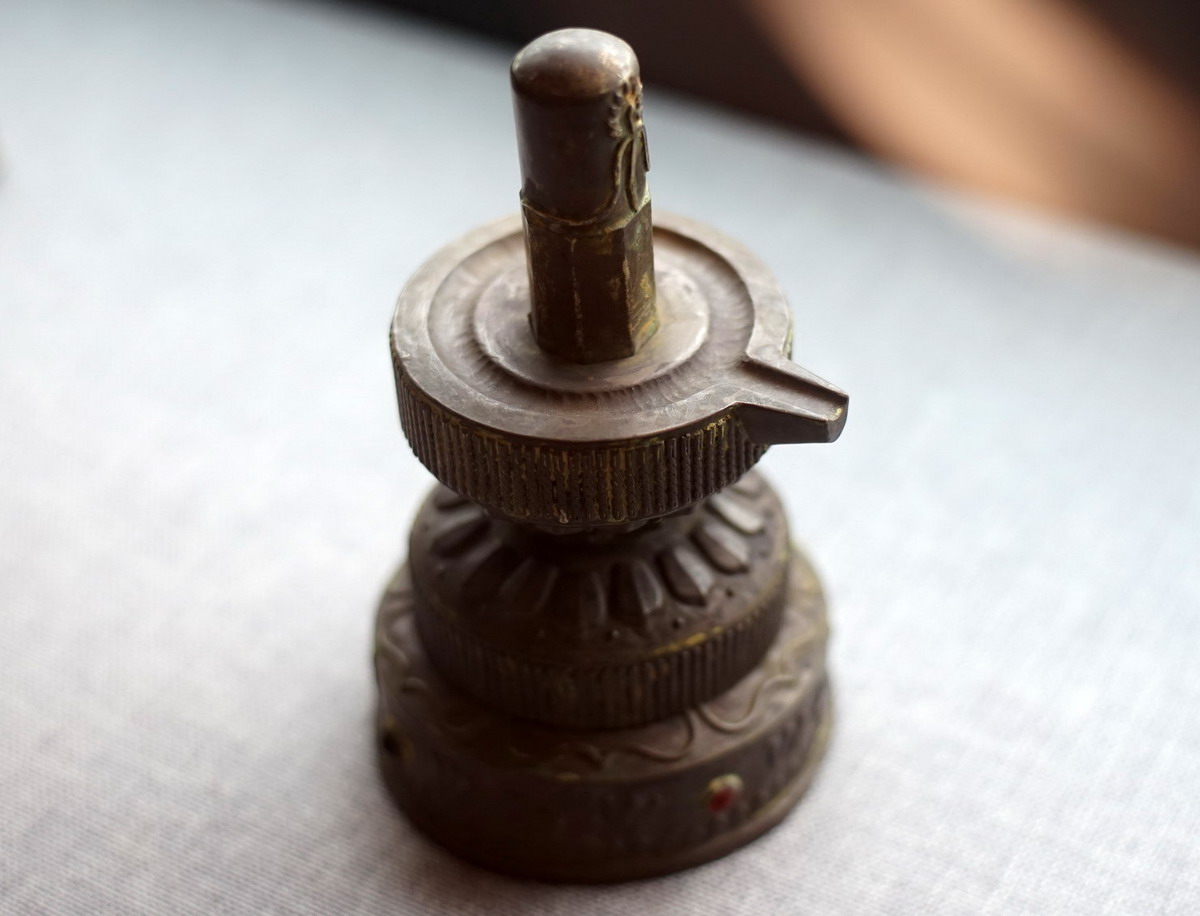
Photo: Silver Uroja-Linga altar, dated 12th – 12th centuries, discovered in Binh Dinh.
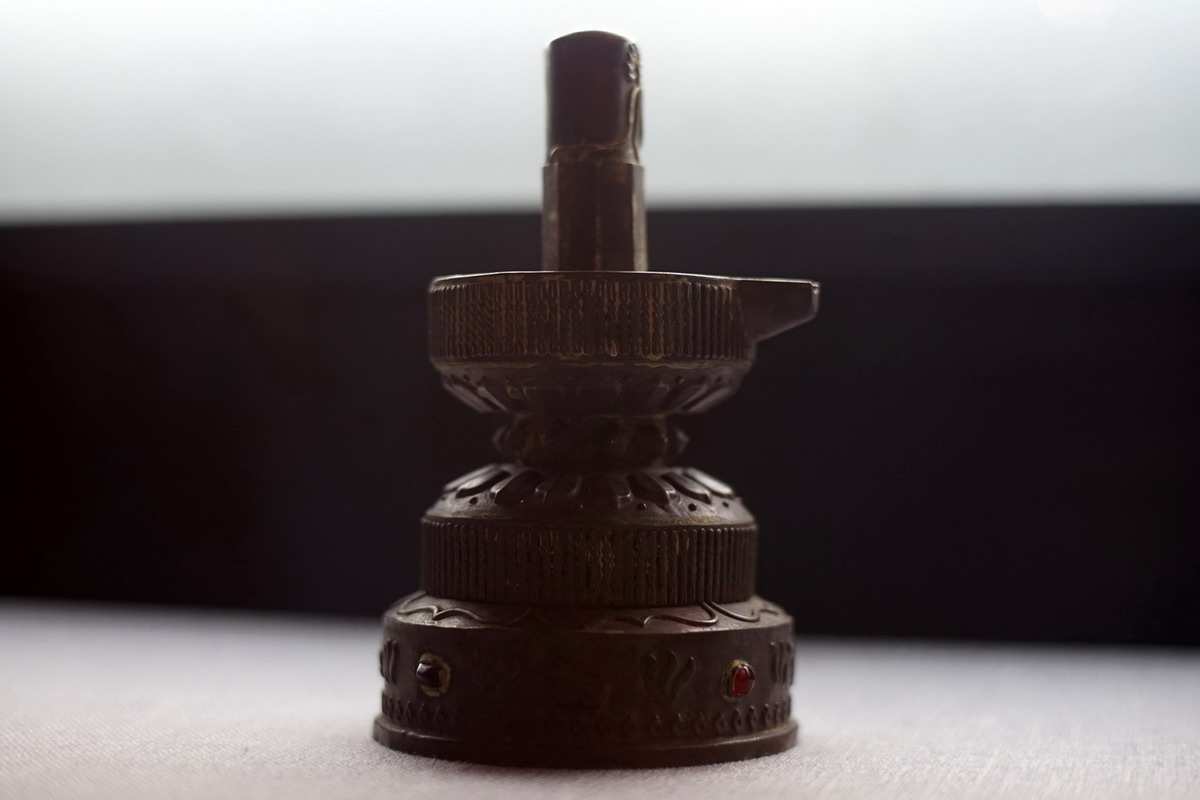
Photo: The jewel-encrusted base of the silver Uroja-Linga altar.
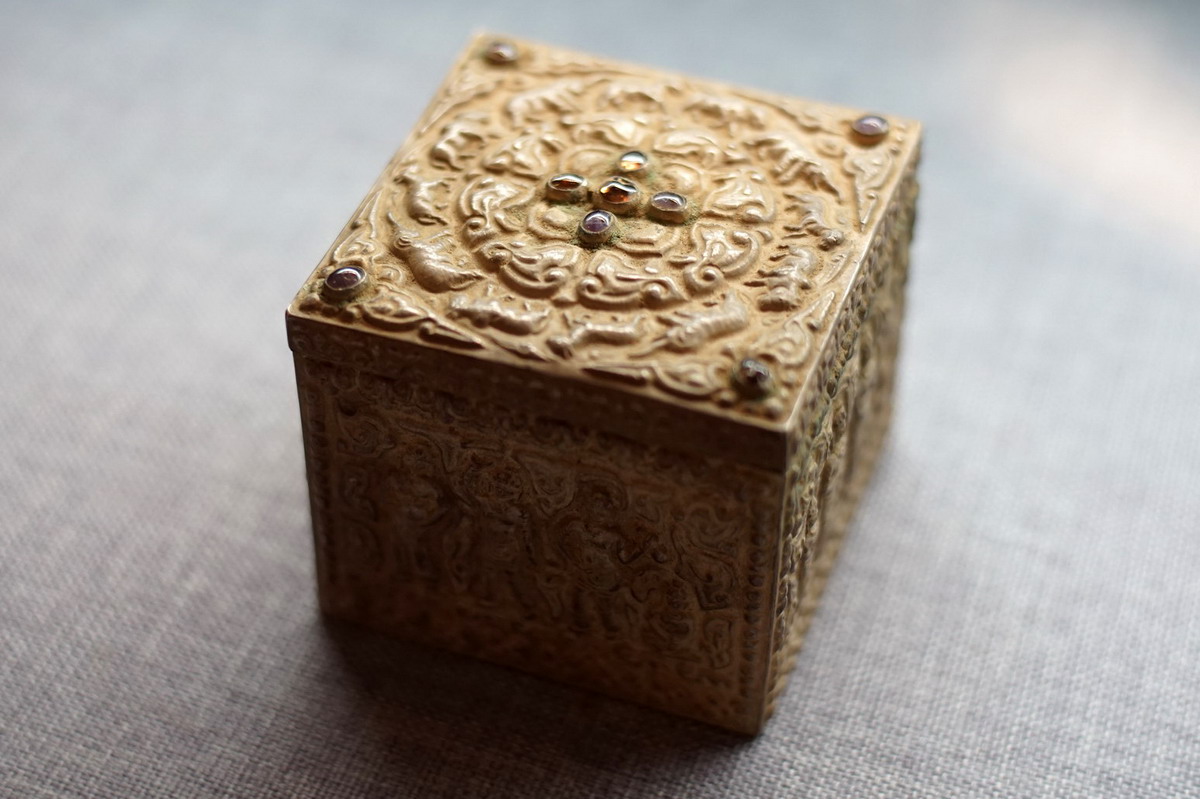
Photo: Silver jewelry box encrusted with precious stones, dated 14-15 centuries, discovered at the foot of Hai Van Pass, Da Nang
Silver, the Precious Complement:
Alongside gold, silver held its own esteemed place in Cham culture. The Uroja-Linga altar, a sacred structure adorned with gilded silver lotus flowers and dating from the 11th-12th centuries, exemplifies the mastery of silverwork. The Champa kingdom’s possession of abundant gold and silver mines likely played a pivotal role in the widespread use of these precious metals in artistic endeavors.
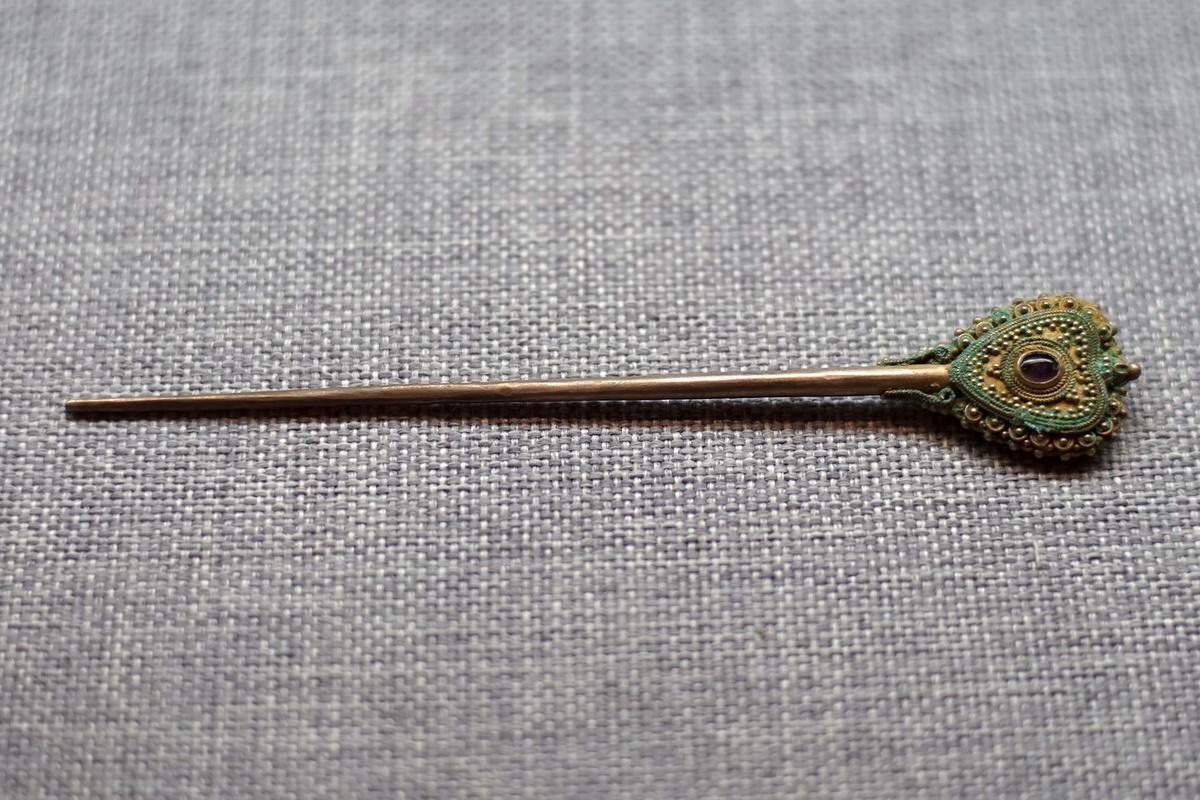
Photo: Silver hairpin inlaid with precious stones, dated 14-15th centuries, discovered at the foot of Hai Van Pass, Da Nang.
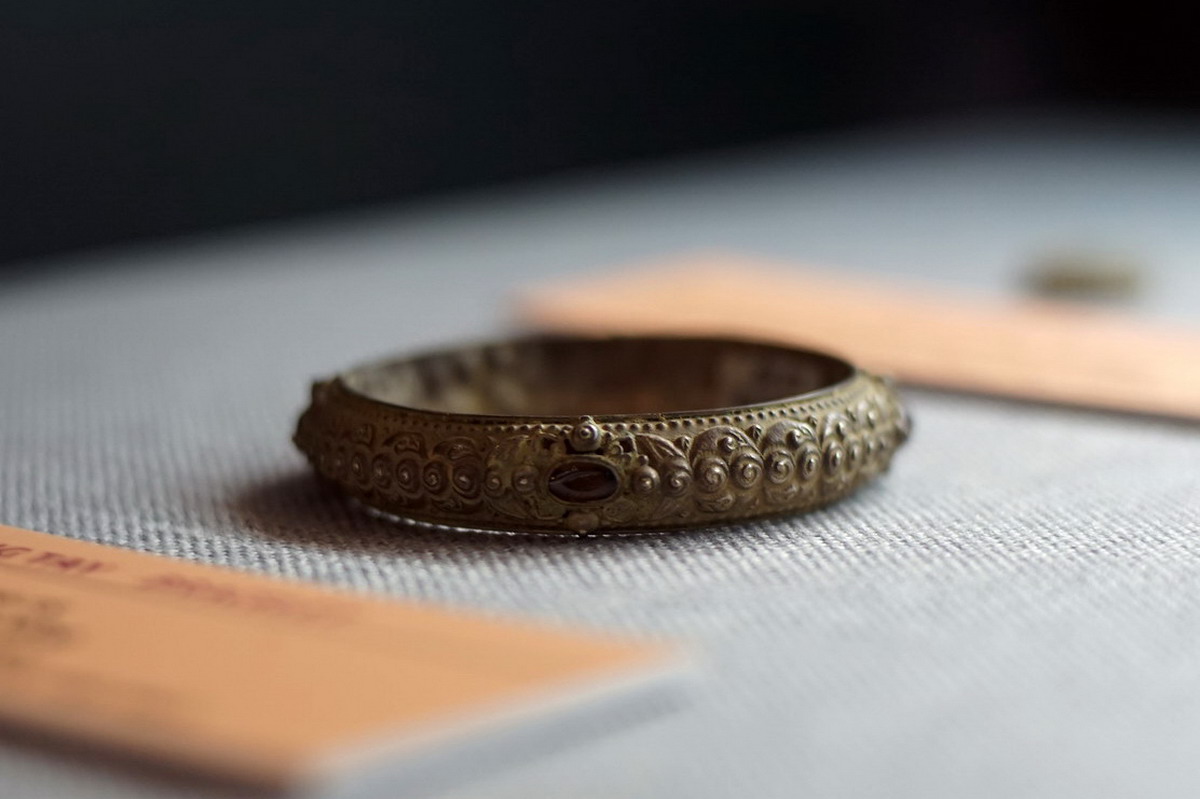
Photo: Silver bracelet, dated 14-15 centuries, discovered at the foot of Hai Van Pass, Da Nang
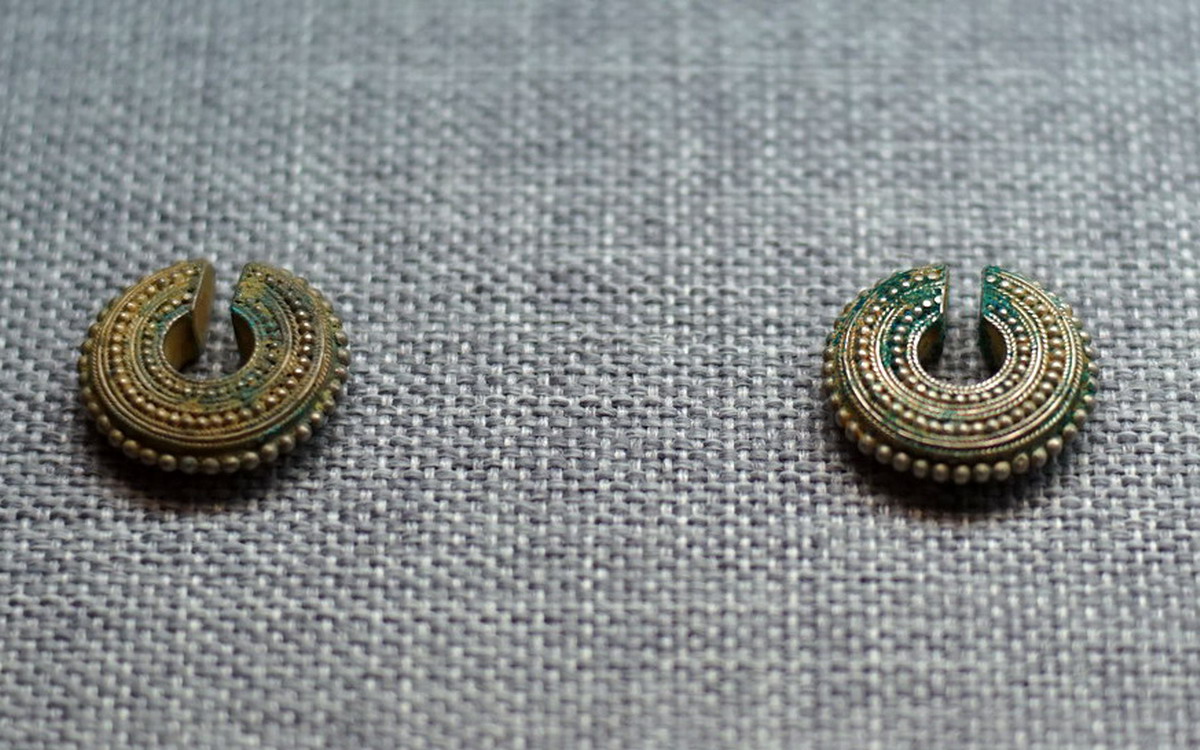
Silver earrings, dated 14-15 centuries, discovered at the foot of Hai Van Pass, Da Nang.
Jewelry Craftsmanship at its Zenith:
The Cham people, endowed with rich sources of gold and silver, honed their jewelry craftsmanship to create dazzling objects that are now showcased in museums. A gem-encrusted part of a silver Uroja-Linga altar and a silver jewelry box from the 14th-15th centuries discovered at Hai Van’s wrist in Da Nang stand as testament to the brilliance achieved in Champa jewelry art. These artifacts not only reflect the wealth of the Champa kingdom but also the sophistication of its artistic expressions.
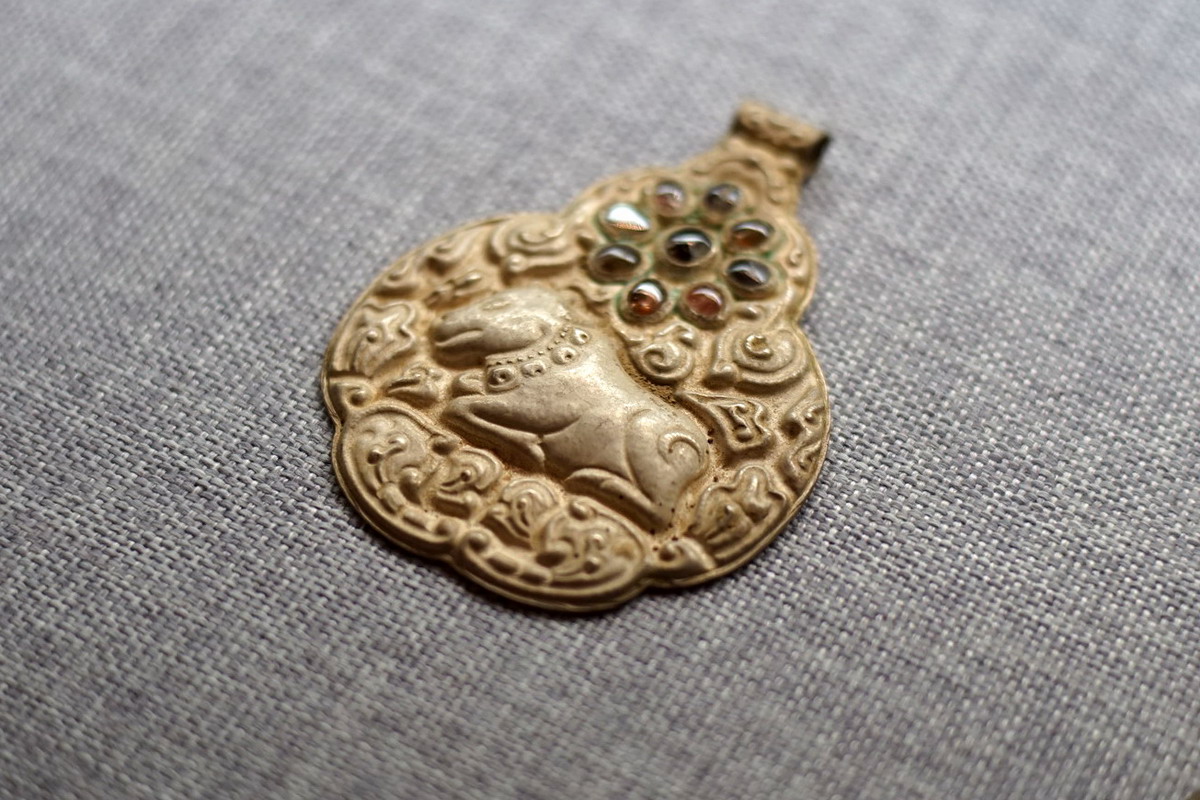
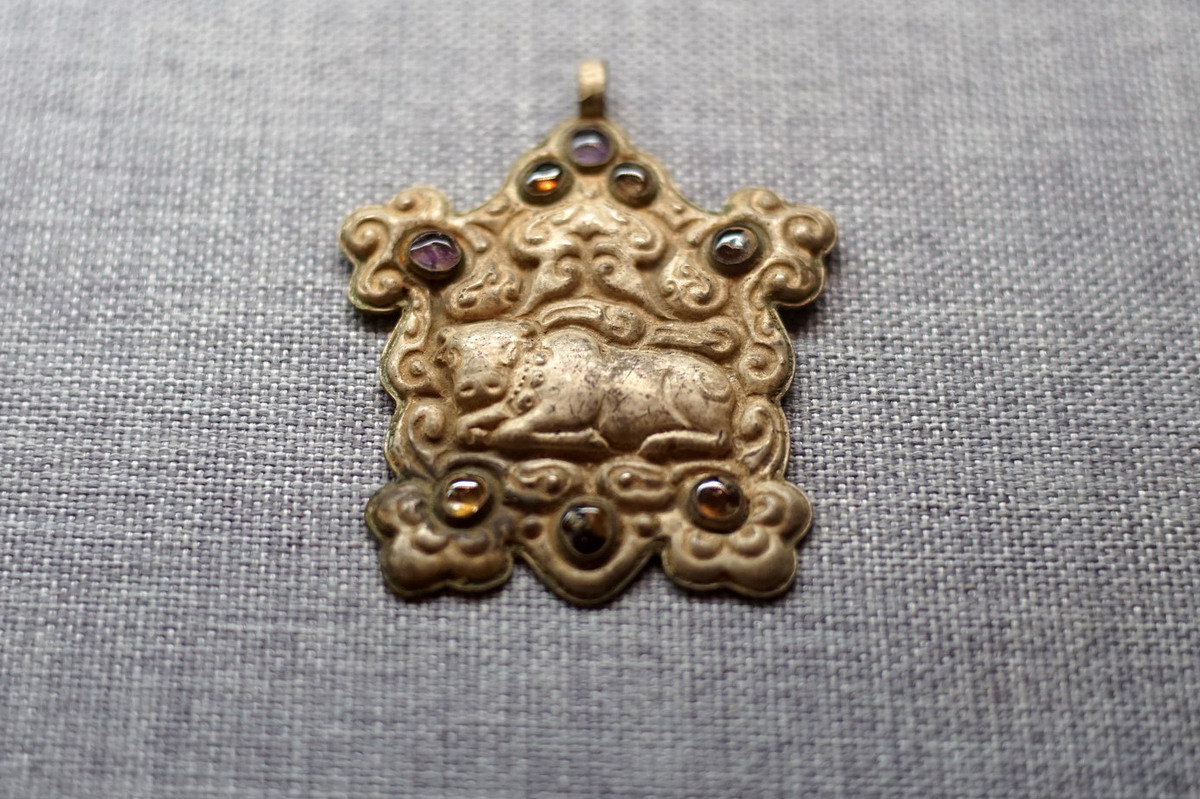
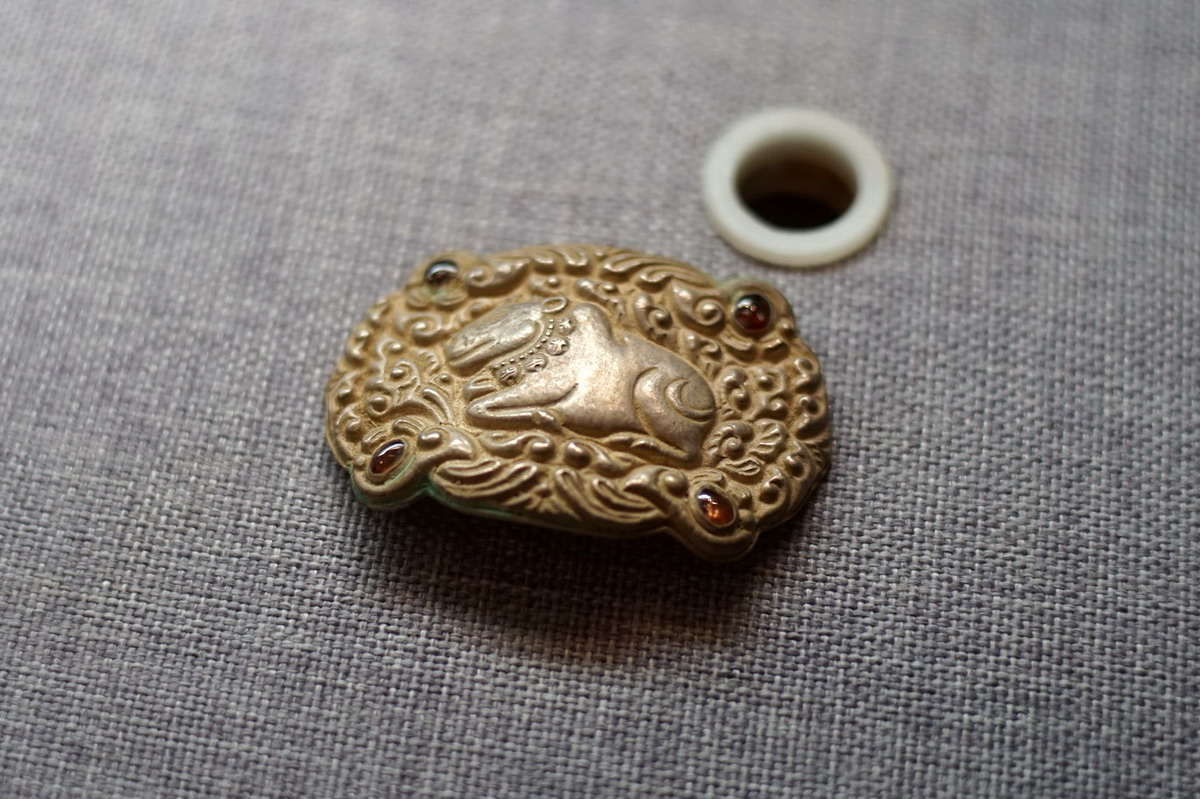
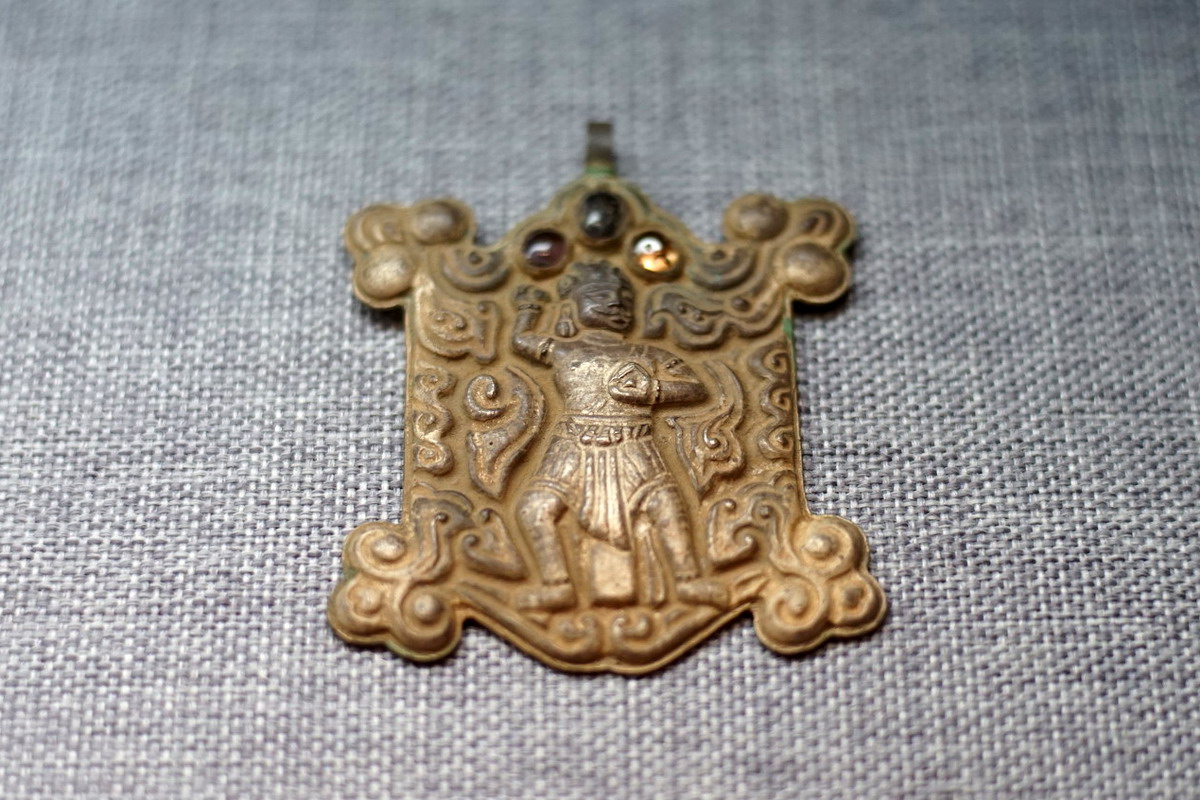
The Mysterious Treasure Hunt:
The discovery of numerous gold and silver artifacts has sparked rumors and fueled imaginations about the existence of a mysterious treasure hidden within the ancient Champa kingdom. While historical changes have led to the loss of many treasures, the artifacts that have survived, such as a silver hairpin and bracelet from the 14th-15th centuries, continue to captivate and evoke a sense of wonder.
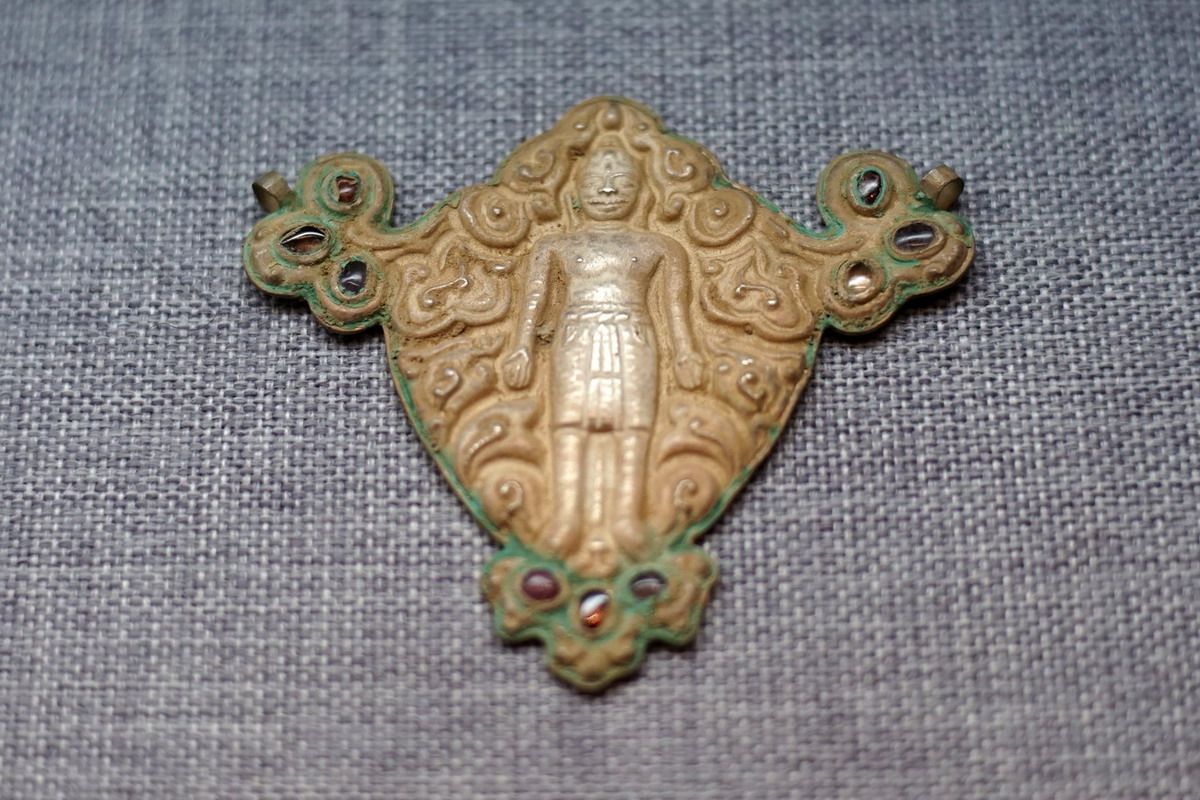
Preserving a Legacy:
Unfortunately, only a fraction of the Cham kingdom’s treasures remains, housed in museums or private collections. Silver earrings from the 14th-15th centuries, discovered at Hai Van’s feet in Da Nang, serve as poignant reminders of the need to preserve and protect these cultural relics for future generations.
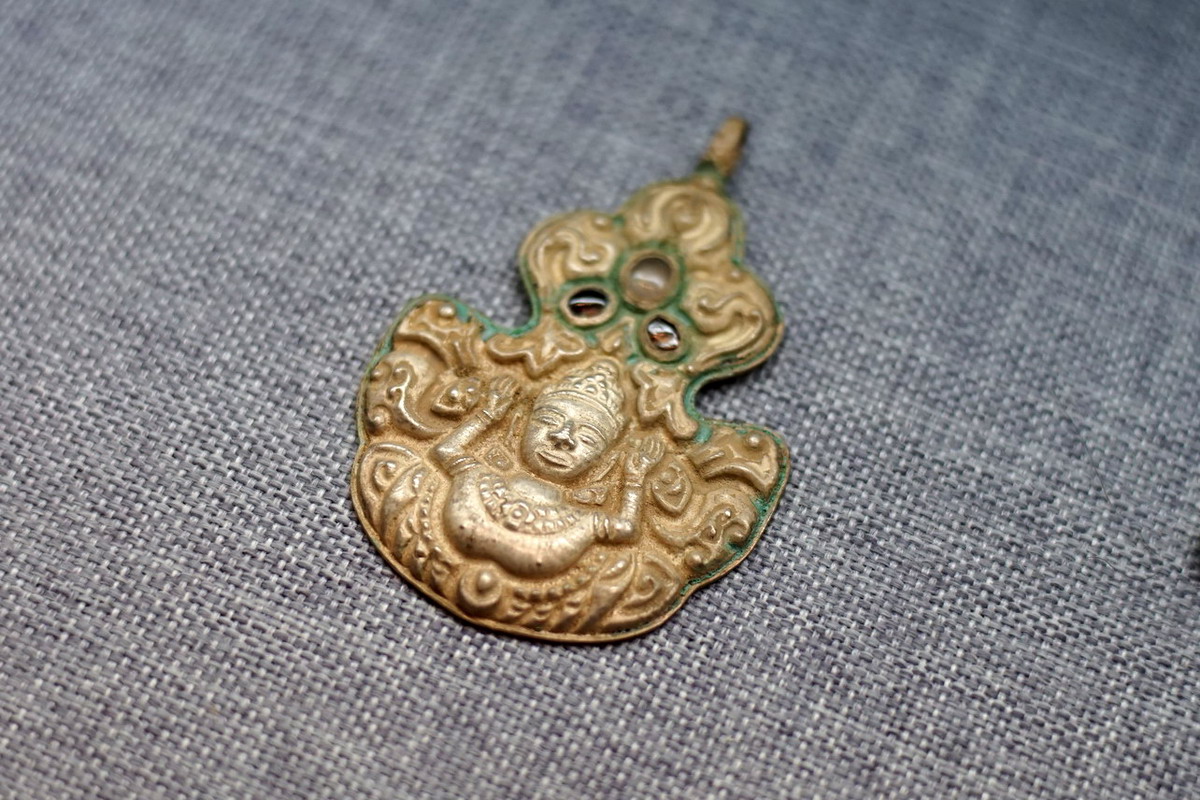
The gold and silver antiques of the Champa kingdom unveil a captivating narrative of artistic brilliance and cultural prosperity. From the mastery of jewelry craftsmanship to the whispers of mysterious treasures, these artifacts provide a window into the grandeur of the ancient Cham people and their enduring legacy in the annals of history.